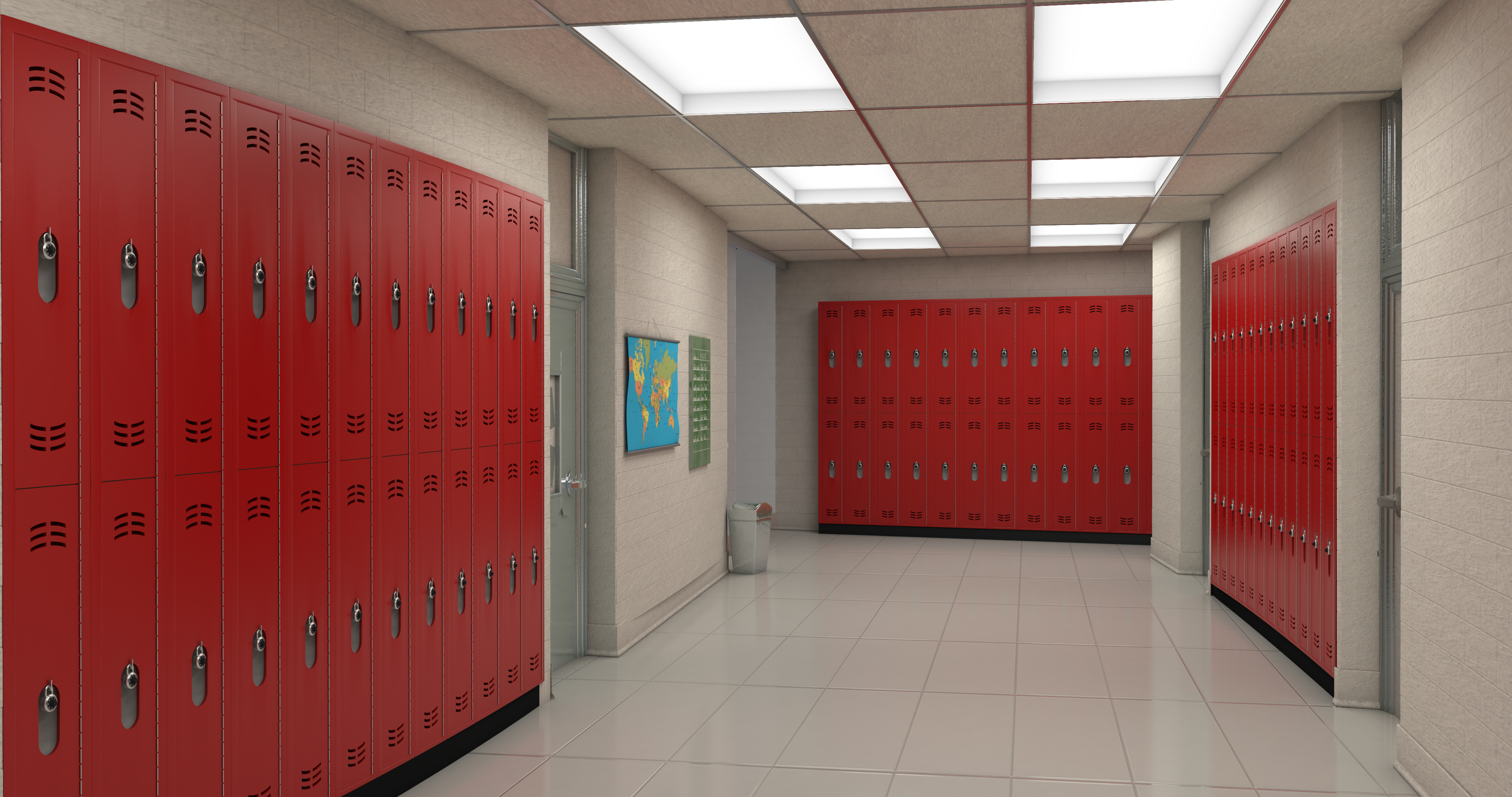The Strong and Sustainable Solution for K-12 School Lockers
Learning Objectives:
- Compare the durability characteristics of traditional metal lockers with the durability of lockers made from high density polyethylene (HDPE).
- Describe the importance of content transparency and the difference between post-industrial recycled content and post-consumer recycled content.
- Summarize the contents of a health product declaration (HPD) and analyze what an HPD for a HDPE product may contain.
- Explain the contribution that HDPE lockers can make toward different leading green building certifications and programs, such as LEED™ and CHPS.
Credits:
This course is approved as a Structured Course
This course can be self-reported to the AANB, as per their CE Guidelines
Approved for structured learning
Approved for Core Learning
This course can be self-reported to the NLAA
Course may qualify for Learning Hours with NWTAA
Course eligible for OAA Learning Hours
This course is approved as a core course
This course can be self-reported for Learning Units to the Architectural Institute of British Columbia
A school locker is the hub of a student’s school life. As such, it is stuffed, slammed, and personalized multiple times a day, year after year. Considering the regular use and abuse a locker receives throughout its life, it is no surprise that facilities personnel and designers routinely rank durability as the most important feature of this type of product. Unfortunately, the traditional metal locker has material limitations that make it unable to withstand some of the regular wear and tear inherent in a K-12 location. New HDPE lockers offer specifiers a solution that can more successfully survive impacts, weather moisture exposure without rusting, and improve maintenance overhead by allowing graffiti to be easily wiped away. Beyond its durability benefits, HDPE lockers provide considerable support for sustainable design objectives and can contribute toward earning green certifications from some of the premiere school-specific green building rating systems.
The Limited Durability of Traditional Metal Lockers
The traditional metal lockers selected to adorn school corridors for decades are made from 16-gauge powder-coated steel. Despite its prevalence in the K-12 application, this material is not the perfect solution for the space, in large part because the material has some deficiencies that make it unable to hold up to the daily wear and tear of a school environment. Metal lockers may dent when impacted, rust when exposed to moisture, and removing tape and graffiti from the surface can be difficult. Unfortunately, collisions, wet conditions, and locker door drawings are all part and parcel of an average school day, leaving many in the design and maintenance community demanding a better, more durable locker solution than the traditional metal locker.

Photo courtesy of Scranton Products.
HDPE lockers have earned GREENGUARD Gold certification and are recognized as a low-emitting material.















